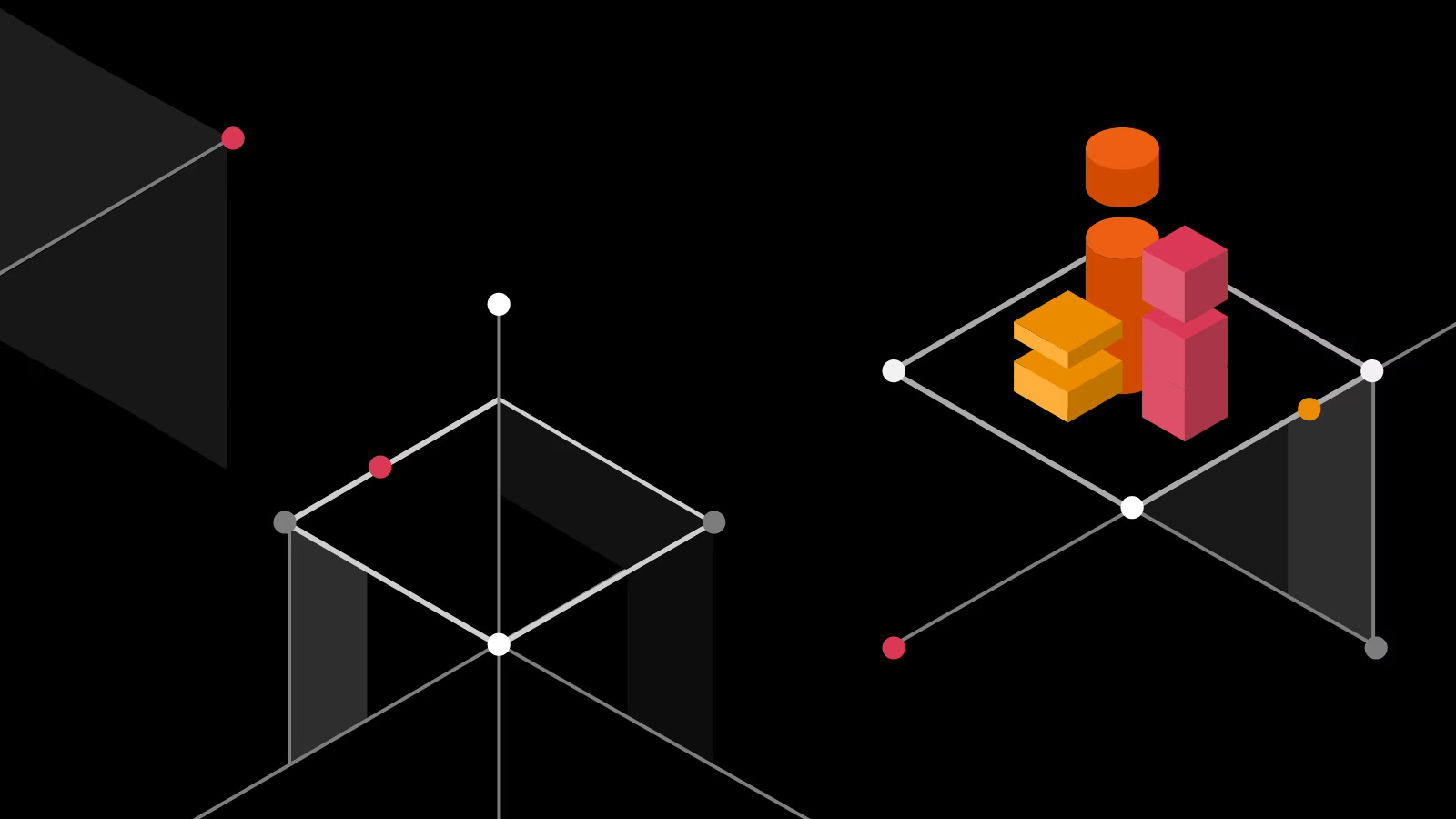Blockchain has become a buzzword in today’s computer world. This technology has effectively fixed the original roadblocks existent using commercial domains by decentralizing data and opening new techniques of protection and transparency fiat value of crypto assets.
Blockchain files electronic information in a manner that the info could be recorded and distributed, although not altered. Hence, Blockchain is employed to create immutable ledgers and files or transactions that can’t be hacked, revised, or destroyed.
although not altered. Hence, Blockchain is employed to create immutable ledgers and files or transactions that can’t be hacked, revised, or destroyed.
Blockchain programs are applied for challenging projects like the trade of cryptocurrencies, the secure discussing of medical data, voting mechanism, NFT marketplaces, making/receiving cross-border payments, monitoring present chain/logistics, and many more.
But, establishing such answers is not an simple job, and businesses likely to embrace Blockchain methods must be aware of the inches and outs of Blockchain development. One of many critical factors for creating Blockchain answers could be the programming language heap picked for development.
And, obviously, the programming language should really be picked depending on the challenge requirements. This post considers the choices of the most truly effective Blockchain programming languages with examples of use cases. The write-up provides an obvious idea and help you to select the absolute most appropriate language heap for the approaching Blockchain project.
The Blockchain program comprises an electronic digital ledger of transactions. Each stop within the string includes a certain quantity of transactions and whenever a new purchase takes place on the blockchain system, the purchase record is put into each participant’s ledger. This decentralized database is known as DLT (Distributed Ledger Technology) and is maintained by numerous participants.
Solidity was produced by the Ethereum team in 2014 for writing Ethereum-based smart agreements, to improve the functionality of Blockchain solutions. With Solidity, designers could create a high-level rule that is smart-contract concentrated and that could be translated in to the useful lower-level languages common at that time.
This statically entered Blockchain language offers a secure and variable coding structure for smart agreements and provides an appropriate as well as a secure moderate where different options may frame smart agreements between parties. More over, it is a variable and user-friendly language that comes with ABI (Application Binary Interface) that provides many type-safe functions. Designers may effortlessly purchase the mandatory skills required to utilize Solidity, whether they’re skilled ones or simply beginners.
It helps anyone to isolate the rule for various data structures and lets you shift semantics to ensure that data could be copied effectively. C++ consumers may get a handle on the rule as preferred – they can choose between providing whole use of the rule or enabling use of only certain elements depending on the need. With C++, you can easily manipulate blocks and stores, and so, is a perfect select for circumstances where one needs to completely get a handle on their program resources.
Python is among the most used programming languages useful for architecting Blockchain programs, crypto trade, and smart contracts. It is a strong, flexible, and object-oriented programming language that comes with open-source help and also, many frameworks and libraries such as for instance Numba that accelerate the growth without affecting the performance or security.
Python is particularly helpful for novice designers focusing on Blockchain tasks as this language facilitates creating prototypes rapidly without having to create extensive requirements and the designers have the choice of choosing from a wide variety of extensions, libraries, and on the web resources.
Python, becoming an interpreted language generates roadblocks when complex cryptographic operations are included, but this issue could be fixed by the proficiency of skilled Blockchain app developers.
GoLang, a statically entered, compiled and multi-threaded language produced by Bing, is among the most used Blockchain programming languages in the NFT marketplace. The language combines the most effective of both worlds – the easy establishing the rule and the effectiveness of compiled language. It combines the top features of Java, Python, and C++ and is being employed by the Hyperledger Fabric program currently. It is user-friendly, quickly, variable, and scalable.
Applying GoLang, you can work many operations simultaneously, and therefore, it is may efficiently manage many elements of blockchain simultaneously. GoLang is not only fast but in addition offers accessible preservation characteristics and so, it’s a perfect select when a decentralized app is being distributed on Ethereum’s network. But, it includes a hard learning bend but will undoubtedly be simple for C++ developers.
Java is definitely an object-oriented programming language that uses a “create once and follow everywhere” approach and so, helps one to create requirements that are highly portable. With the Java Virtual Device (JVM), designers may work their requirements on any program or platform.
And, while the universal JVM is useful for execution, Java programs need not depend on a system-specific architecture. This mobility of Java facilitates the creation of easy-going and immutable blockchains. Additionally, Java comes with a ample API (Application Coding Interface) which contains many Java lessons, interfaces, deals, etc. This home helps in creating apps without any need to know their central implementations.
Java offers a simple and extensible plugin architecture that helps to make a variable Blockchain solution. Java has a enormous and active community that provides fast and efficient methods to designers when they encounter any issue.
